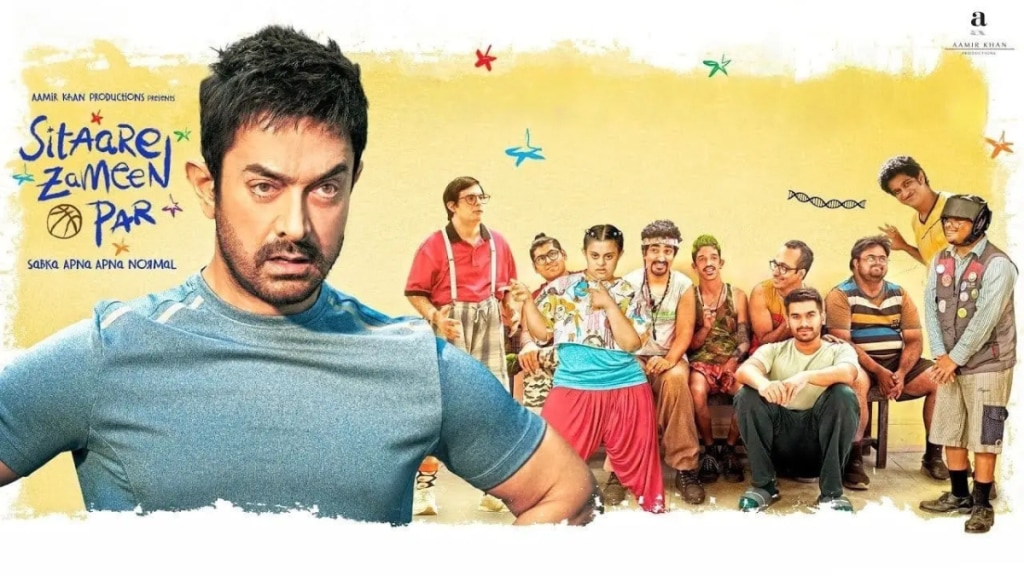Remember those days when you would walk into the friendly neighbourhood video library and rent a VHS and later DVDs of your favourite movies? While digital rentals are yet to gain mass acceptance in India, Aamir Khan’s decision to release Sitaare Zameen Par on YouTube Movies under the pay-per-view model after its theatrical run has put the idea of TVOD (transactional video on demand) is back in the reckoning.
Starting August 1, Khan’s film became available via pay-per-view for Rs 100. He has promised many other films in his back catalogue and future releases will follow suit.
At the time of Khan’s Sitaare… announcement Gunjan Soni, country managing director of the Google platform had said the digital launch of Sitaare Zameen Par exclusively on the platform was a significant step towards “democratising Indian film distribution at a global scale”. As Khan pointed out, while Indian cinema is widely viewed, only 2-3% of its 1.4 billion people actually go to a theatre to watch a movie.
In other words, launching Sitaare Zameen Par on YouTube wasn’t just a random decision. A whopping 491 million people in India are watching, creating, and engaging with content on YouTube. That’s almost twice the number of users in the USA, which stands at 253 million. India takes the second position with a share of 503 billion views per month. And if Gen Z viewers in India could watch only one service for an entire year, YouTube is the No. 1 platform they would choose, says a Kantar report.
Full creative control
That apart, mainstream TV is crowded, rigid, and frankly, not as relevant to younger audiences. YouTube gives Khan direct access, full creative control, instant global reach, and most importantly, real-time feedback. It’s less bureaucracy, more authenticity. “This move also allows long-tail ad revenue and direct viewer engagement,” says Yasin Hamidani, co-founder & director at Media Care Brand Solutions. “For socially driven or niche-content films, YouTube offers scale, virality, and democratisation. While not a replacement for theatrical or OTT releases, it signals a new path for filmmakers aiming for both reach and relevance. If successful, Aamir’s model could inspire others to explore YouTube as a primary release strategy.”
Money matters
But the thing is, platforms like Apple TV, Prime Video, Google Play, and YouTube have tried their hand at TVOD, but the viewership model in the country has stuck to SVOD (subscription video on demand) and AVOD (advertising-based video on demand) models. So will viewers be ready to shell out that kind of money to watch a single film? Or would they wait for the film to play on an OTT platform because the cost of this one film is the subscription cost of an OTT platform for an entire month?
Karan Taurani, executive vice-president at Elara Capital, thinks this might just be a one-off and is unlikely to upend the AVOD-SVOD matrix. Sindhu Biswal, CEO & founder of Buzzlab, differs. For creators who care deeply about storytelling, connection, and retaining creative freedom, this could actually be the way many others would want to go, he says. “YouTube is increasingly becoming the home for quality, creator-led content that can bypass traditional gatekeepers, distribution delays, and interference. Others will follow suit not because it’s trendy, but because it’s where audiences genuinely connect, react, and engage,” Biswal sums up.
